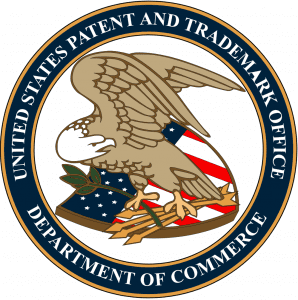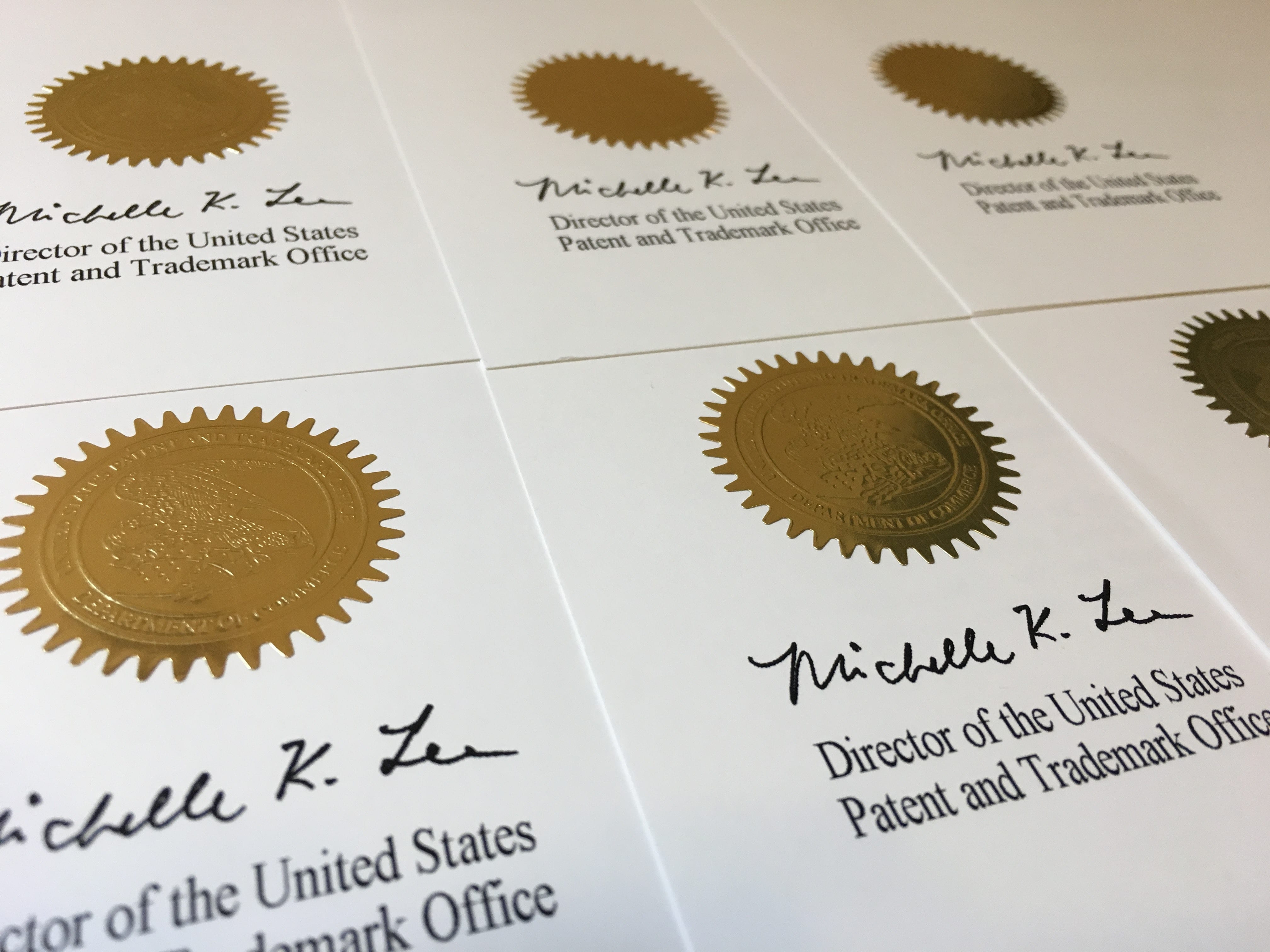You have started your new business. Congratulations. At least you have implemented your idea. You are about to skyrocket into the business lion’s den. Your idea is going to take you places. You will become your own boss. You will employ many people. But wait, people can steal your idea and make money out of it. Worse, still, somebody might claim rights into that trademark. It can be annoying and distressing, right? Well, if these are the things that you don’t want to happen, protect your trademark. Don’t just protect it locally; take it to the international scene. On those lines, Revision Legal is going to highlight all you need to know as far as international trademark protection is concerned.
The Benefits
- With trademark protection, you notify the public that you own the mark
- It creates a legal presumption as far as the ownership of that mark is concerned.
- You get exclusive rights when it comes to using the mark internationally.
- You can bring the mark to a federal court
- You get exclusive right to use the symbol ®
The U.S. Patent and Trademark Basics

If you are doing business outside the U.S., you might have to consider filing foreign trademark protection. The common law recognizes that prior use of a trademark gives you a right to claim it. On the other hand, other countries will require you to register your trademark before claiming exclusive rights into it. There are different treaties that provide for the registration of a trademark internationally.
Economic Consideration
Filing an international treaty isn’t a joke. It requires a lot of resources. Thus, before filing your trademark, it’s important to be aware of economic considerations. Thus, the commercial use of a trademark in an international scene must justify the cost.
Paris Convention
As an international treaty, the Paris Convention gives trademark owners a crucial right. Under the Paris Convention treaty, if you apply for trademark registration from a member country in another country (as long as it’s a member country) within six months, your application will be prioritized. With this treaty, businesses operating in other countries stand a chance to hugely benefit.
Other treaties include
- The Madrid Protocol
- Community Trademarks
Trademarks aren’t Equal
Trademarks are divided into two types: They include:
- Inherited distinctive
- Non-inherited distinctive
Inherited distinctive trademark, according to the law, is considered to be fanatical, arbitrary, and suggestive to the products or services in question. It’s also important to note that fanatical marks are easy to trademark and protect since they are the strongest. By definition, fanatical marks are coined terms like KODAK and VERIZON.
On the other hand, arbitrary terms are actually terms that can be used outside the normal context. They include APPLE and AMAZON. Suggestive marks are suggestive in nature and they suggest that a product quality/ingredient requires “mental gymnastics” so that it can be understood. Common examples include GREYHOUND and ODOR EATERS.
The Bottom-Line
Do you love your business idea? Do you value it? Well, protect it. Don’t just do it locally, protect it internationally. The above information contains the basics of filing international trademark protection.


Join the conversation!